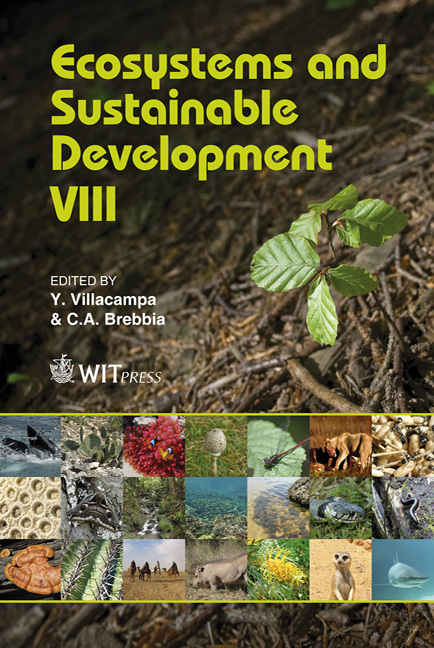Cultural Evolution, Energy Use And Human Development
Price
Free (open access)
Transaction
Volume
144
Pages
13
Page Range
415 - 427
Published
2011
Size
2747 kb
Paper DOI
10.2495/ECO110361
Copyright
WIT Press
Author(s)
C. Viniegra
Abstract
This analysis makes reference to life’s biological laws and the biophysical boundaries to which all living beings are constrained in order to propose a theoretical model that links restriction and capacity to evolutionary strategies. The latter is related to cultural evolution, which identifies human culture as a phenomenon that stays within life’s general evolution. After the model is presented, a statistical analysis is used for validation. Despite great diversity of cultural and historical backgrounds in present societies, data from economic, energy and technological features of more than 100 countries show striking regularities related to the way that physical and social resources are applied to the process of economic and human development, and show consistency with the proposed strategies of the model (Status Quo, Survival, Transformation and Growth). Among the most striking features discovered by this analysis, it is worth noticing that, apparently, there is a minimal threshold of energy expenditure and Research and Development (R&D) investment required to achieve a high level of social development. Furthermore, in order to achieve a positive and strong cooperative effect between energy and R&D, worldwide evolution of such indexes seem to indicate that economic and social evolution are constrained to similar scaling laws than those discovered for biological species. Keywords: cultural evolution, economics, scaling laws, negentropy, energy use, life’s laws.
Keywords
cultural evolution, economics, scaling laws, negentropy, energy use,life’s laws





